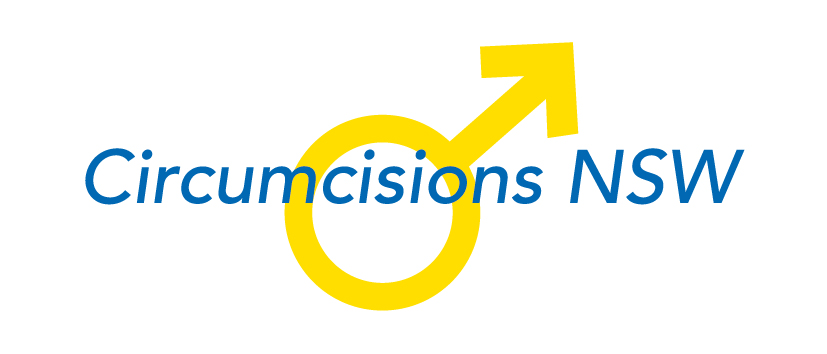Frequently Asked Questions
What pain relief is used?
The use of an anaesthetic injection prior to the procedure is used and has proved to
provide excellent anaesthesia. This will be discussed with you in detail prior to the procedure.
Oral pain relief such as Panadol can be administered for comfort after the circumcision.
Are there any complications?
No surgical procedure is without possible complications. The Plastibell technique using a plastic ring was
first used in 1953 and has proved to give excellent reliable results.
Possible complications will be discussed with you before the procedure but the main concerns are
bleeding and infection. Both are uncommon but can occur. The chances of the baby needing to be
in hospital following the procedure are very, very low but it can occur.
Are there benefits to Circumcision?
While it is acknowledged that there are different views in the community regarding circumcision,
there are many benefits including:
- A lower rate of urinary tract infection.
- Reduction in sexually transmitted diseases.
- The lack of need to have a circumcision later because of a tight foreskin.
It is important that both parents firmly agree to have the baby circumcised.
Factors such as your culture, religion and personal preference will be involved with your decision.
Who should come to the initial appointment?
Preferably both parents should come to the initial appointment about circumcision but it is appreciated that this is not always possible.
When should I ring for an appointment?
As soon as possible. It is best to see the baby early and the sooner the initial appointment is made the easier it is to arrange a date for the procedure.
Why use the Plastibell?
Plastibell gives consistently good cosmetic results and the tying of the string assists with reducing the possibility of bleeding.





